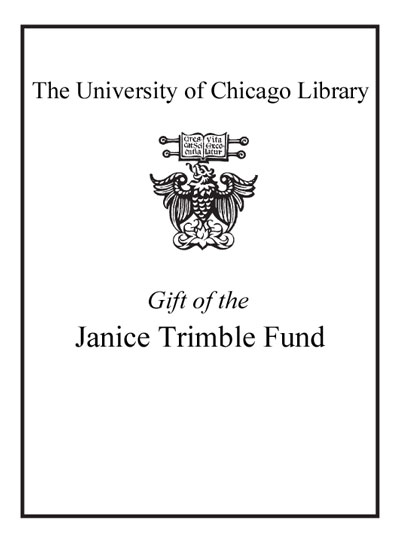In this book, I offer up a third approach to narrative and the Anthropocene--one that suggests that our understanding of both is reciprocal. I argue that we not only better know the current state of the world and our relationship to it by engaging with narrative but also better know narrative and how it functions by placing it within the context of the Anthropcoene. My approach corrects two shortcomings: a lack of engagement with narrative theory within the environmental humanities, despite a keen interest in the role that narrative and storytelling might and should play in today's environmentalism, and relatively scant considerations of the environment in narrative theory, let alone more specific discussions of the Anthropocene and climate change. Other scholars have taken initial steps in marrying the environmental humanities and narratology, most notably those that cluster around the concept of "econarratology," which I define as pairing the environmental humanities' "interest in the relationship between literature and the physical environment with narratology's focus on the literary structures and devices by which writers compose narratives" (James, Storyworld Accord xv). In my previous work, I argue that econarratology "studies the storyworlds that readers simulate and transport themselves to when reading narratives, the correlations between such textual, imaginative worlds and the physical, extratextual word, and the potential of reading to foster awareness and understanding for different environmental imaginations and experiences" (xv). In this book, I extend the econarratological project by identifying and categorizing innovative narratological structures that represent the human-created world of the Anthropocene. I also contend with the contradiction inherent in the environmental humanities that the Anthropocene is both produced and mitigated by narratives and, at the same time, incapable of being narrated. I do this by thinking through various ideas and issues that we associate with our new geological epoch--especially those relevant to the processes of narrative production and interpretation, and narrative representations of time, space, and narration--and envisaging their possible narratological correspondents. My primary goal thus is not to analyze individual narratives about the Anthropocene or global climate change by pointing to their strengths and shortcomings, nor to identify the parameters (or lack thereof) of the genre of the "Anthropocene narrative" or "climate change fiction" ("cli-fi"). Instead, I propose an "Anthropocene narrative theory," or a theory of narrative sensitive to matters commonly associated with the epoch, to explore how narrative and the Anthropocene inform and are influenced by each other. Such an exploration of the connection between narrative and the Anthropocene poses the following questions: how does narrative help us think differently about the Anthropocene? How do narratives provide us with "safe" offline contexts in which to explore the ways that humans make and inhabit worlds in their own image? How does the reading of strata in rocks, tree rings, and ice cores, which are themselves material representations of sequences of events, challenge basic conceptualizations of narrative and narrativity? How do the materials that we associate with the Anthropocene--rocks and ice, but also the fiber cables and LCD screens of digital medias--change the way that we interact with narrative? How do the new, broad conceptions of geologic time and planetary space associated with the Anthropocene diversify models of narrative chronologies and spatializations? How do controversial ideas about the collective agency of humans as a geological agent shed new light on types of narration and narrators? Indeed, how does the Anthropocene help us think differently about narrative? How does it inspire new resources that push against traditional narrative forms? Excerpted from Narrative in the Anthropocene by Erin James All rights reserved by the original copyright owners. Excerpts are provided for display purposes only and may not be reproduced, reprinted or distributed without the written permission of the publisher.

